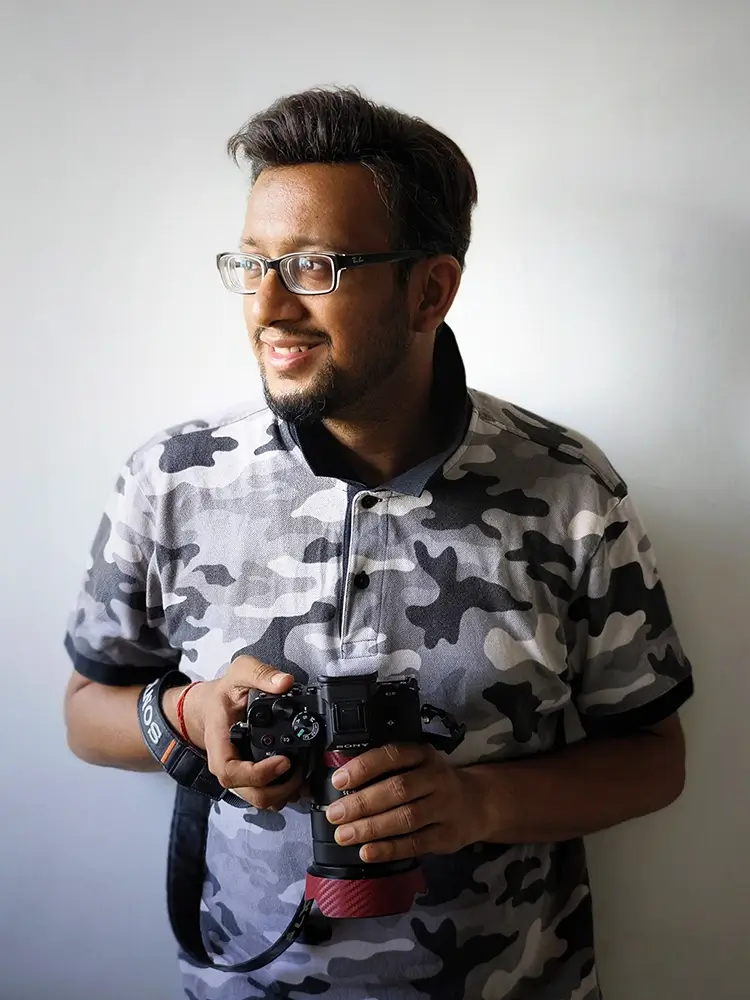Saurabh Sirohiya is a graphic designer by profession and a visual storyteller by passion, specializing in travel, street, and documentary photography. Despite living with hearing and speech impairments, he has self-taught and mastered the art of photography, particularly excelling in capturing the raw and spontaneous essence of streets and journeys. Saurabh believes that while every frame tells a story, creating a story within a frame is what truly brings an image to life. With a deep-rooted passion for travel, he continues to explore and document the diverse cultures, rituals, heritage, and traditions of India through his lens. His work has earned him more than 550 national and international photography awards, and his photographs have been featured in numerous prestigious newspapers and magazines worldwide. In recognition of his artistic excellence, Saurabh has been honored with several distinguished titles and accolades, including: EFIP, EFIAP/b, C*MoL, A.APG, M.NPS, SSS/W, IIG/S4, IIG/P5, GM.APS, E.CPE, E.SSP, GE.APU, B.WPAI, BE.APF, ES.CPE, Hon.CPE, Hon.PESGSPC, GPA.PESGSPC, Hon.Fellowship.APG, Hon.Fellowship.APF, Hon.Fellowship.FBCA
